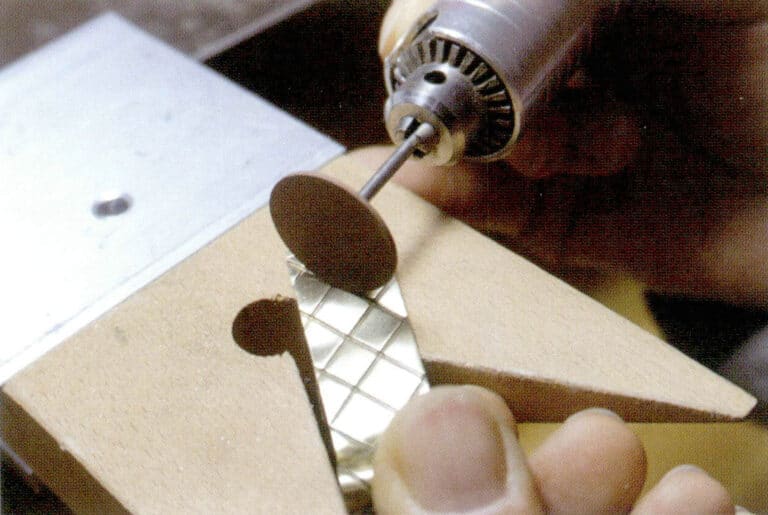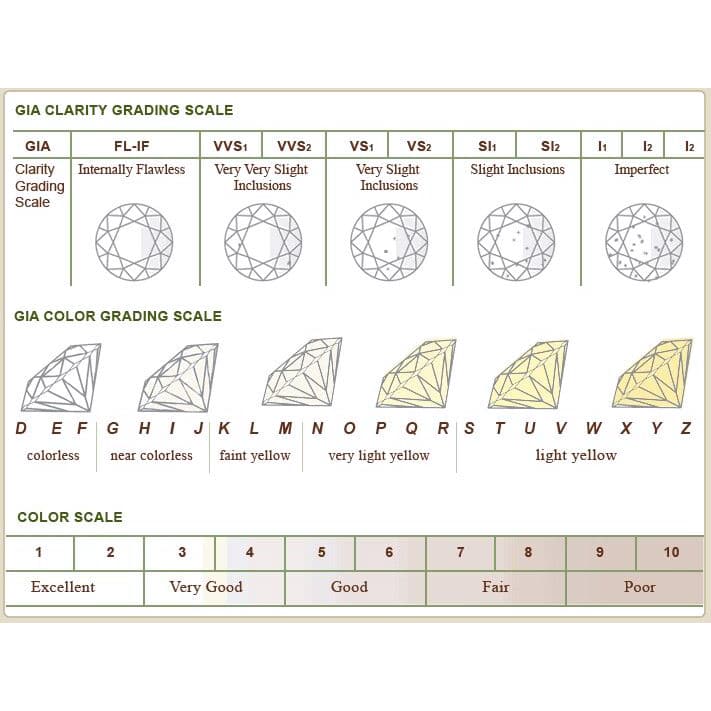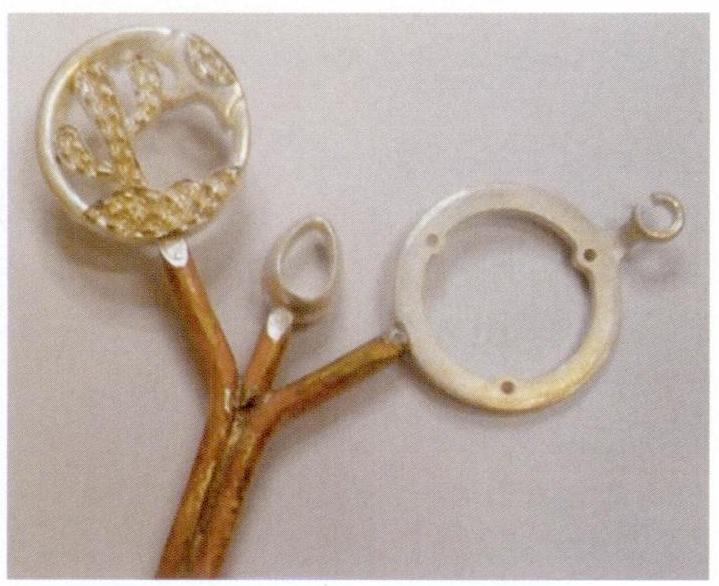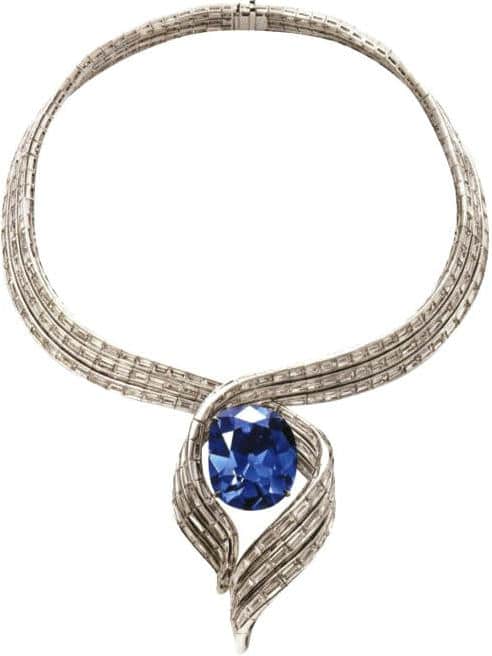Hogyan készítsünk gumiformákat és fémötvözet formákat ékszeröntéshez?
The fundamental principles and operational skills for 5 typical tasks
Once the original model of the jewelry is available, a mold can be created for mass production. Based on the softness and hardness characteristics of the materials, the molds can be divided into soft and hard molds.
Soft mold materials are generally made of elastic rubber, and the rubber material’s properties affect the rubber mold’s quality. There are many types of rubber on the market, including natural rubber and modified rubber that uses various additives. Among the various modified rubbers, silicone rubber is widely used in jewelry casting due to its good heat resistance, mechanical properties, original model replication performance, and casting demolding performance. Silicone rubber must be vulcanized to complete the cross-linking of rubber molecules, transforming linear structured macromolecules into three-dimensional network structured macromolecules, thus possessing properties such as elasticity, non-stickiness, heat resistance, and insolubility. Based on the method of vulcanization can be divided into two main categories: high-temperature vulcanized silicone rubber and room-temperature vulcanized silicone rubber. The types and quantities of additives in silicone rubber vary, leading to certain differences in performance. Some silicone rubbers are durable and elastic, making it difficult to crack or deform when removing the wax mold; some silicone rubbers are harder and have better replication performance but are less durable and more prone to cracking; some silicone rubbers have a very low shrinkage rate, which is more beneficial for ensuring dimensional accuracy. Selections can be made based on actual needs during production.
Hard mold materials include low-temperature alloys, aluminum alloys, etc., which are shaped through CNC processing or made into shells and then poured with low melting point alloys to obtain jewelry molds. The main feature of this type of mold is that it does not undergo elastic deformation during the production of the wax mold, which can effectively ensure the dimensional accuracy and stability of the wax mold.

Structure of silicone rubber
Tartalomjegyzék
Section I Making a Simple High-Temperature Vulcanized Silicone Rubber Mold of Ring Silver Model
1. Háttérismeretek
1.1 Silicone Rubber and Its Types
Natural rubber has good elasticity and strong tear resistance. Still, due to a large number of double bonds in its main chain structure, ozone easily damages it, leading to degradation or cross-linking. Therefore, it cannot be used directly and is usually obtained through synthetic methods to produce diene, acrylate, polyurethane, polysulfide, and siloxane rubbers.
Silicone rubber refers to rubber whose main chain is alternately composed of silicon and oxygen atoms, with usually two organic groups attached to the silicon atoms. Ordinary silicone rubber belongs to the siloxane rubber category, mainly composed of siloxane segments containing methyl and a small amount of vinyl, as shown in Figure 2-1. Introducing phenyl can improve silicone rubber’s high and low-temperature resistance, while introducing trifluoro propyl and cyano groups can enhance its temperature and oil resistance. Silicone rubber has good low-temperature performance and can still function below -55℃. After introducing phenyl, it can withstand at -73℃. The heat resistance of silicone rubber is also outstanding under 180℃, as it can work for a long time and maintain elasticity for several weeks or longer at temperatures slightly above 200℃, withstanding instantaneous high temperatures above 300℃. It can meet the requirements well. The usage requirements of foot jewelry models are widely used in the jewelry industry.
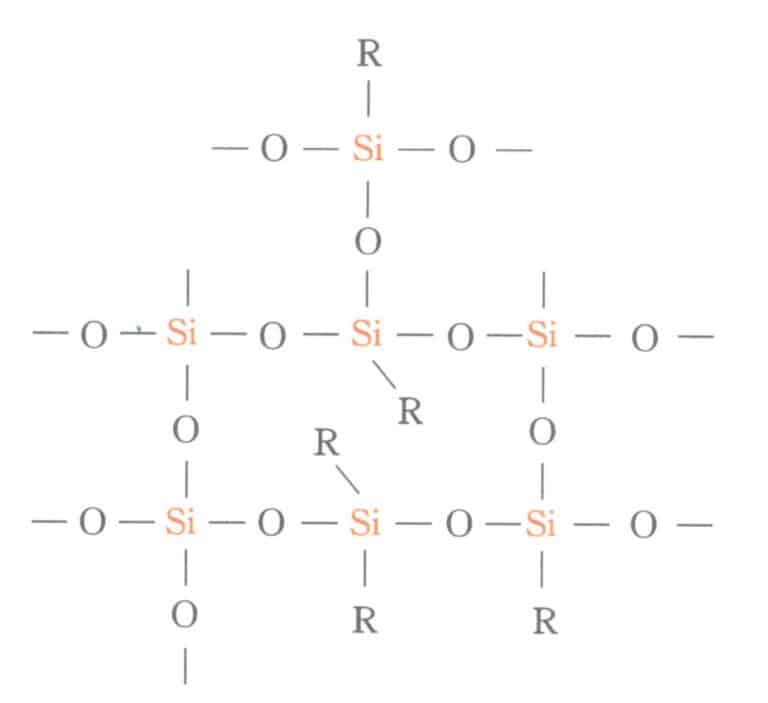
1.2 High-Temperature Vulcanized Silicone Rubber
The heat-vulcanized silicone rubber has the largest usage. It can be divided into methyl silicone rubber, methyl vinyl silicone rubber (with the most usage and product brand numbers), and methyl vinyl phenyl silicone rubber (resistant to low temperatures and radiation). Other types include nitrile silicone rubber, fluor silicone rubber, etc. The reinforcing agent for silicone rubber is silica (SiO2-nH2O), which can be divided into three types based on the production method: fumed silica, precipitated silica, and other forms of silica, each of which can be further classified into several grades based on average particle size. The strength of raw silicone rubber is very poor, but adding an appropriate amount of silica can increase its strength by more than 10 times. Different types of rubber can be obtained depending on the different side groups. Generally, high-temperature vulcanized silicone rubber is classified into general-purpose, low compression permanent deformation type, low shrinkage type, flame-retardant type, solvent-resistant type, high-temperature type, etc., based on usage and performance.
High-temperature vulcanized silicone rubber is made from linear high polymer ( 5000~10,000 silicone-oxygen chain segments) polysiloxane as the raw rubber, adding reinforcing fillers, incremental fillers, structural control agents, and performance improvement additives to prepare the rubber material, which is then heated and vulcanized to form an elastomer. It has the following characteristics: ① It is resistant to both high and low temperatures and can be used over a wide temperature range; ② It has better thermal stability, radiation resistance, and weather resistance than other polymer materials; ③ The vulcanized silicone rubber is non-toxic, odorless, does not stick to human tissue, and is not prone to aging or hardening during storage.
1.3 High-Temperature Vulcanized Silicone Rubber for Jewelry
Silicone rubber has good replication performance, excellent elasticity, and certain strength. When used to make molds, after injecting wax, the elasticity of the mold allows for easy removal of the wax mold, which is why it is widely used in jewelry molding.
Currently, Castaldo is the commonly used high-temperature vulcanized silicone rubber sheet brand in the jewelry casting industry, as shown in Figure 2-2. It contains a certain amount of modified natural rubber, has good flexibility and certain tear strength, a long service life, and good replication effects. Domestic rubber mainly consists of dichlorosilane, which has a flexible molecular chain and is heat-resistant. Still, it also has some drawbacks, such as higher hardness, greater difficulty in mold release, and lower tear strength. Its service life in actual production is relatively short, and the overall cost is high.
Silicone rubber will shrink during vulcanization, so the shrinkage must be considered when designing the original dimensions. Silicone rubber has no breathability, which can hinder gas escape during wax injection. This can be resolved by creating vent lines or holes in the mold. The model must be kept very clean during use, as foreign substances (such as talcum powder, dust, etc.) can increase surface defects in the wax mold, which will subsequently transfer to the castings.
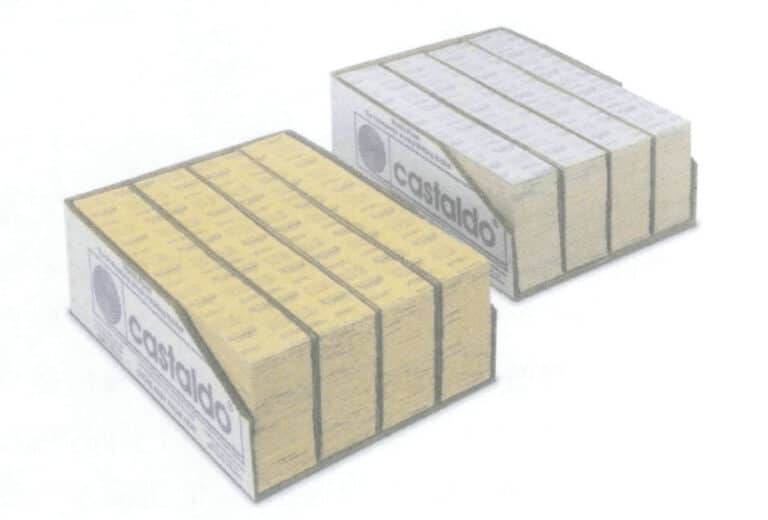
1.4 Main Equipment and Tools for Making High-Temperature Vulcanized Silicone Rubber Molds
Common tools for making high-temperature vulcanized silicone rubber molds include vulcanizer, an aluminum alloy mold frame, rubber sheets, aluminum base plates, scalpels, scissors, double-headed pliers, tweezers, and oil-based pens.
The device for suppressing the rubber mold is a (vulcanization) vulcanizer, which vulcanizes raw silicone rubber at a certain temperature and pressure, turning it into a tough and elastic cured rubber.
The traditional vulcanizer is shown in Figure 2-3, with main components including a gantry frame, base, lifting screw, rotating handle, heating plate with resistance wire and temperature sensor, and temperature controller. This type of equipment is mainly operated and controlled manually, is relatively inexpensive, and can meet the pressing needs for high-temperature vulcanized silicone rubber molds, but it uses relatively thin ordinary aluminum plates, which sometimes leads to the issue of uneven heating may lead to insufficient and uneven vulcanization of the silicone; in terms of control, it uses ordinary knobs and buttons, which are prone to damage and malfunction; additionally, there are no cooling fans or protective devices, making the machine body prone to overheating during use.
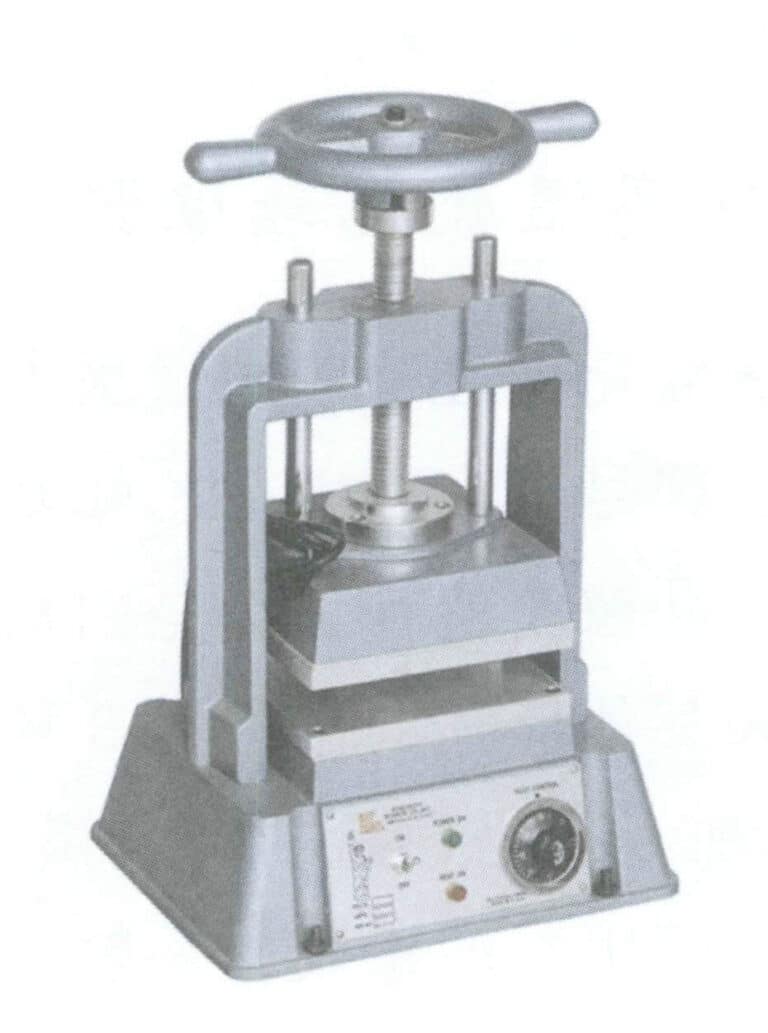
With the advancement of technology, the vulcanizer has undergone new changes in structure, function, and control methods, leading to the emergence of new styles, such as digital display vulcanizers and intelligent pneumatic vulcanizers.
A typical digital display vulcanizer is shown in Figure 2-4. It has the following characteristics: it uses a cast steel gantry and a cast iron base, providing good rigidity and stability; it features a touch screen for operation, allowing precise setting of molding temperature and time; it employs a cast aluminum heating plate; which has good strength, rigidity, and thermal conductivity; the surface of the working area is treated with sandblasting to ensure more uniform heating, reduced energy loss, and longer service life; a cooling fan is installed at the back of the machine body, the base is not damp, protecting internal circuits from high temperatures, and it is also equipped with a buzzer and protective devices.
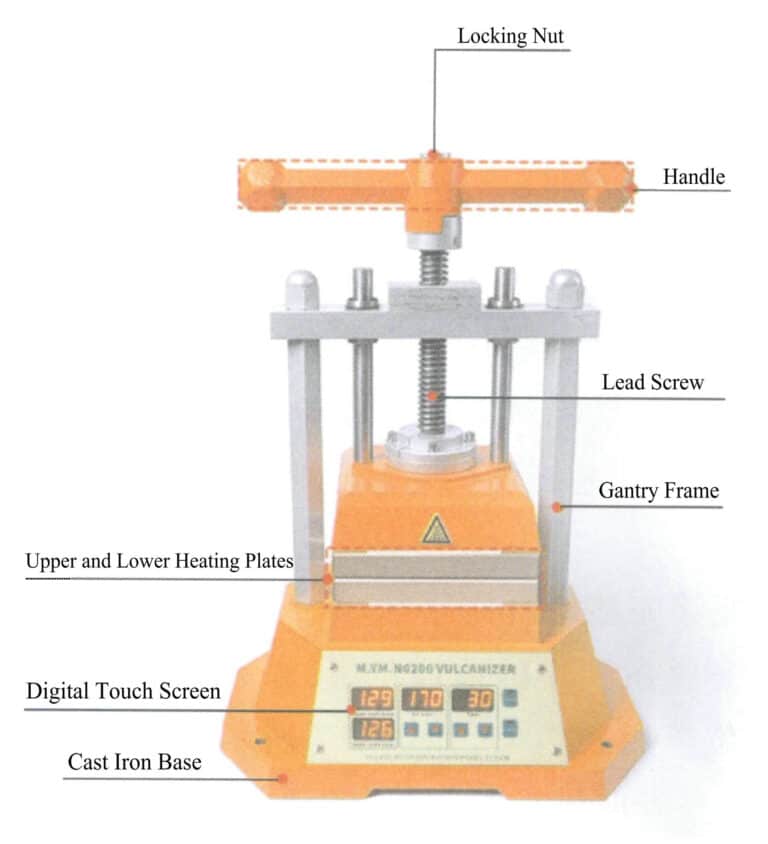
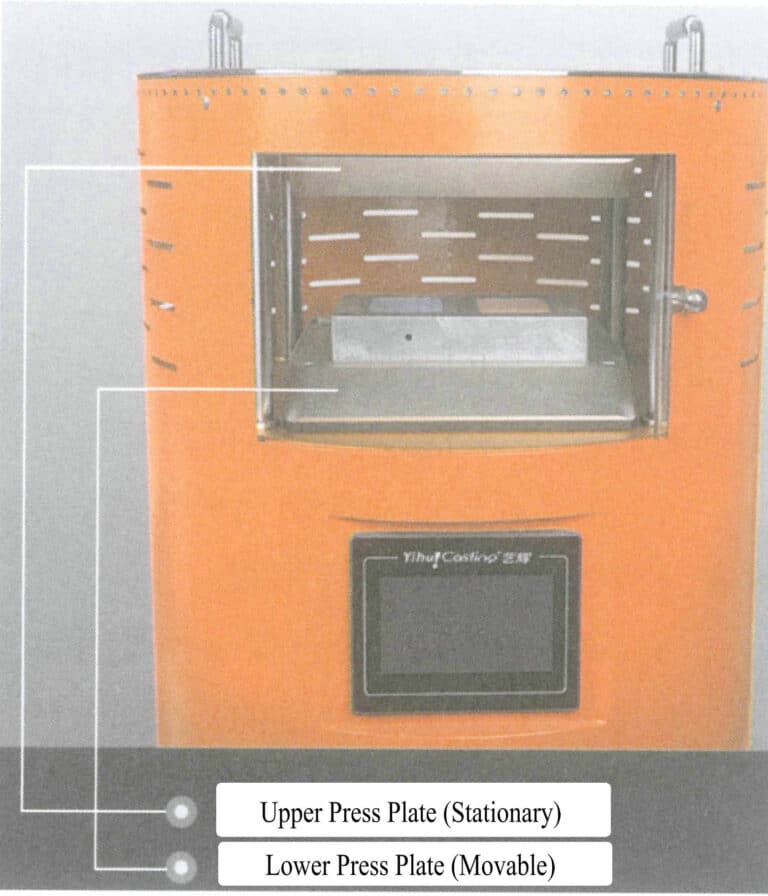
The molding frame is used in conjunction with the vulcanizer. Depending on the number of molds pressed at one time, the molding frame can be divided into single-hole, double-hole, and four-hole, as shown in Figure 2-6. The material used to manufacture the molding frame is usually aluminum alloy, with the main parameters being the inner frame’s length, width, and thickness.
Generally, the width of the inner frame is 47 mm or 48 mm, and the length is 73 mm or 74 mm. When pressing larger original models, the inner frame width is 64~70mm, and the length is 90 mm or 95 mm. For smaller original models, a combination of a width of 40 mm and a length of 60 mm can be used. In addition to the commonly used specifications for molding frames, special molding frames with unique lengths and widths can also be customized according to product characteristics.

1.5 Factors Affecting the Quality of High-Temperature Vulcanized Silicone Rubber Molds
High-temperature vulcanized silicone rubber is formed by compression molding, and its manufacturing method mainly includes three key processes – filling and pressing raw rubber, vulcanization, and mold opening. Therefore, the factors affecting the quality of high-temperature vulcanized silicone rubber molds mainly include the quality of raw rubber filling, the vulcanization process, and the quality of mold opening, among others. The factors that influence these manufacturing processes also need to be noted.
(1) Filling and Pressing Raw Rubber
① Before filling and pressing raw rubber, the surface of the original model must be cleaned. A clean surface can fully contact the rubber, facilitating the complete and accurate replication of the original model’s morphology, resulting in high-quality rubber molds. A soiled original model surface may lead to poor mold quality, affecting usage; at the same time, it may replicate the morphology of dirt, causing trouble for subsequent work.
② Draw the parting line at the edge of the original model’s profile. The so-called parting line is the reference line for the position when the mold is separated. The principle for determining the parting line is ease of mold removal.
③ When filling and pressing raw rubber, it should be ensured that the raw rubber completely wraps the original model before vulcanization. Therefore, it is necessary to select a suitably sized mold frame based on the dimensions of the original model, place the original model in the appropriate position on the rubber sheet, and use methods such as digging, plugging, detailing, filling, and patching to fill the concave areas, hollow areas, and stone-setting areas of the original model with rubber, as shown in Figure 2-7, ensuring there are no gaps between the original model and the rubber sheet. When filling raw rubber, it should also be done in the same direction to avoid the molded rubber being too hard, affecting mold opening and usage later. To ensure the original model is in the middle layer of the rubber sheet and to guarantee the lifespan of the mold, the compression mold usually requires at least four layers of rubber sheet. During filling and pressing raw rubber, it is important to keep the rubber sheet, tools, and the operator’s hands clean to prevent contamination between the sheets, which could lead to delamination after vulcanization. Before vulcanization, after pressing the raw rubber into the mold frame, the raw rubber should be about 2 mm higher than the frame, as shown in Figure 2-8, to ensure the density of the mold after vulcanization. When filling and pressing raw rubber, a round sprue wax nozzle mold, also known as a gate cap, should be embedded in it, connecting with the sprue of the original model, ultimately becoming the wax nozzle of the rubber mold.

2-7. ábra Töltőgumi
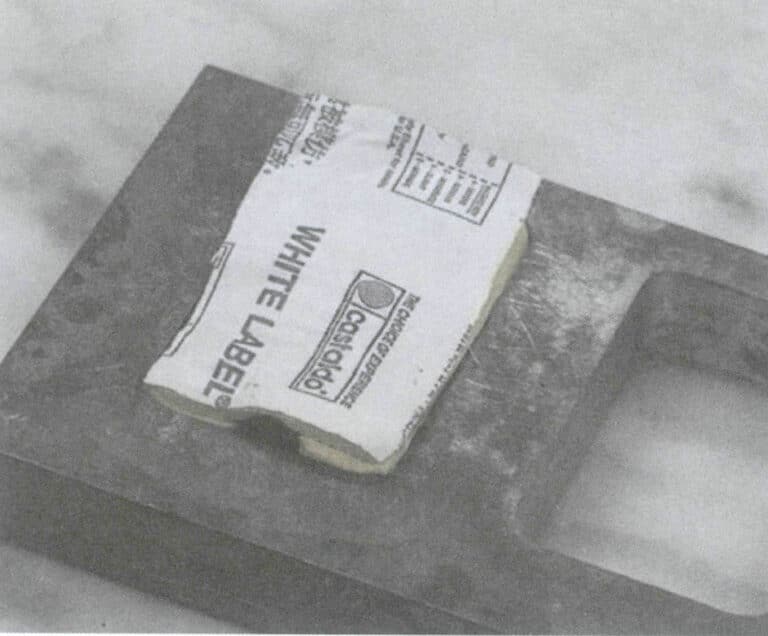
Figure 2-8 Raw rubber is 2 mm above the mold frame.
④ Currently, in the market, besides using the same type of film for filling raw rubber, two types of rubber can also be combined. The two types of rubber used are yellow core-wrapping rubber (Figure 2-9) and magenta rubber (Figure 2-10), where the yellow core-wrapping rubber is used for the internal structure of jewelry, and the magenta rubber serves as structural rubber.
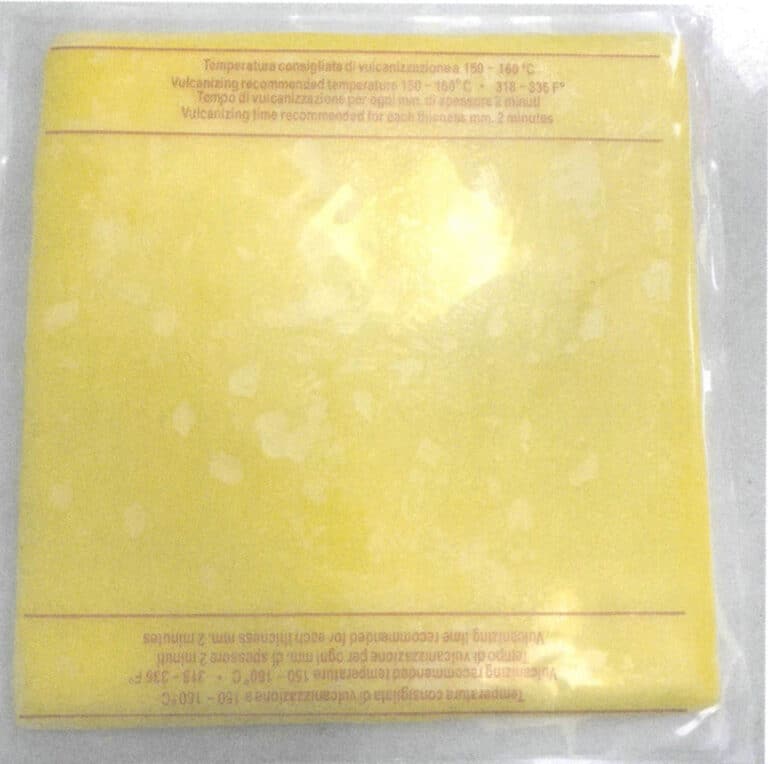
Figure 2-9 Yellow core-wrapping rubber
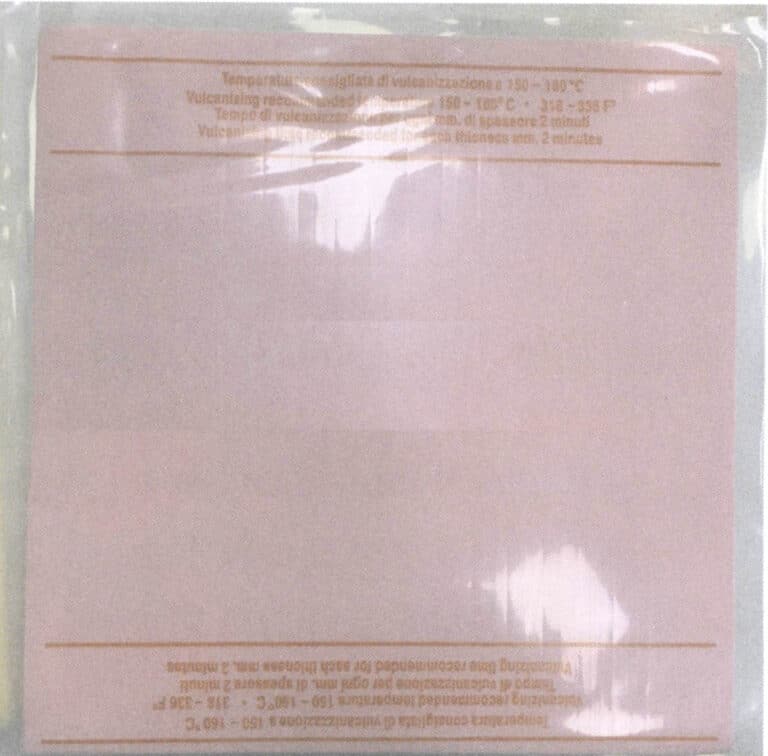
Figure 2-10 Magenta rubber
(2) Sulfurization
The three main parameters of the sulfurization process are pressure, temperature, and time.
① Pressure. The pressure in the high-temperature sulfurization process is expressed in terms of pressure. Applying pressure creates stress, which can compact the gap between the rubber sheet and the original model, allowing the raw rubber to fully contact and bond together while isolating air to prevent bubbles in the mold. The recommended pressure range is 5~20Mpa. The optimal pressure under relatively fixed working conditions can be explored based on actual situations and work experience. Due to changes in the rubber, it is necessary to dynamically adjust the applied pressure during the sulfurization process.
② Temperature. The sulfurization process is cross-linking the raw rubber in the mold frame at high temperatures to turn it into mature rubber. If the temperature is too low, it may result in insufficient sulfurization; if it is too high, it may cause mold deformation. The sulfurization temperature varies among different brands of rubber sheets, and each type of rubber has an optimal sulfurization temperature at the corresponding thickness, with an acceptable maximum temperature range of 143~173℃ and a typical sulfurization temperature of 150℃ , which can be adjusted according to the recommendations of the rubber supplier. The acceptable maximum temperature range and the typical sulfurization temperature can be adjusted according to the rubber supplier’s recommendations.
③ Time. The vulcanization speed directly reflects the time taken for the vulcanization process, and time and temperature are interlinked. Once the vulcanization temperature is set, the vulcanization time depends on the model thickness, such as 30 min for a thickness of 12 mm, 45 min for a thickness of 18 mm and 75 min for a thickness of 36 mm (the maximum recommended thickness for the model is 36 mm). For a fixed model thickness, after meeting the lower and upper limits of the vulcanization temperature, often for every 10℃ decrease, the vulcanization time needs to be extended by 30 min.
Rubber is a poor conductor of heat, and heat takes a long time to be conducted to the model’s core. The vulcanization pressure should be adjusted periodically according to the temperature to ensure that the temperature of each part of the model is uniform and fully vulcanized. After vulcanization is complete, quickly remove the rubber mold and let it cool naturally, after which the mold can be opened.
(3) Opening the Mold
The so-called opening of the mold refers to the process of cutting the rubber mold into several matching parts along the sprue and the original model’s parting line after vulcanization, according to the complexity of the original model’s shape, removing the original version and obtaining the wax injection channel and cavity. The purpose of opening the mold is to ensure that the wax mold can be smoothly removed after the wax is injected into the rubber mold. In jewelry factories, opening the mold is a highly technical task. If not done properly, it may lead to burrs on the wax mold at the parting surface during wax injection or damage the original model during the mold cutting. The quality of opening directly affects the quality of the wax mold, the difficulty of the mold removal operation, and the lifespan of the rubber mold.
After dividing the rubber mold into several parts, it must be reassembled into the whole, which can easily lead to misalignment. If the rubber mold material is relatively soft, the probability of misalignment is even higher. Positioning structures must be set on the cutting surface to accurately reassemble the original structure and ensure precise alignment of the upper and lower molds during wax injection. There are generally two positioning methods: one is to cut out a clearly defined wavy line, also known as wavy line positioning, as shown in Figure 2-11; the other is to cut out a concave-convex positioning structure at the four corners of the rubber mold, also known as corner positioning, as shown in Figure 2-12.
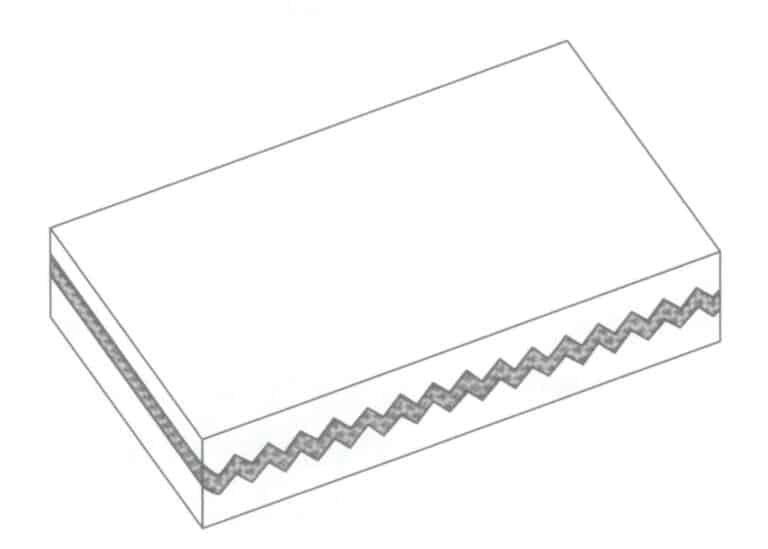
Figure 2-11 Schematic diagram of the wave line positioning of the rubber mold
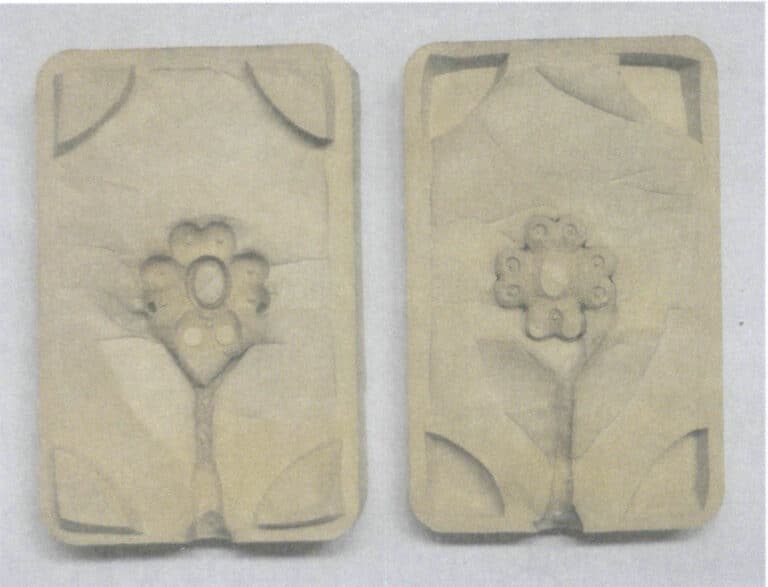
Figure 2-12 Four-corner positioning of the mold
Cutting the model requires a high level of technical skill. The molds produced by highly skilled mold makers show little to no deformation, breakage, or flash after wax injection and generally do not require wax repair or welding, which can save a significant amount of finishing time and improve production efficiency.
In some cases, if the original model has undercut parts, such as a ring with a “C” shaped recessed cross-section (Figure 2-13), using a method of cutting it into two pieces when opening the mold will present two problems: one is cutting along the side, which means the original is embedded in the mold. When subsequently injecting wax and removing the wax mold, a significant deformation of the rubber mold is required for extraction. The wax mold is subjected to considerable stress at this time, making it prone to deformation or even breakage. Another method involves cutting along the maximum outer contour, where the parting line is on the insert. This can easily lead to flash formation during wax injection, increasing the cost of wax repair. Additionally, when removing the wax mold, the concave components will still exert significant force on the wax mold, which continues to pose a risk of breakage and deformation.
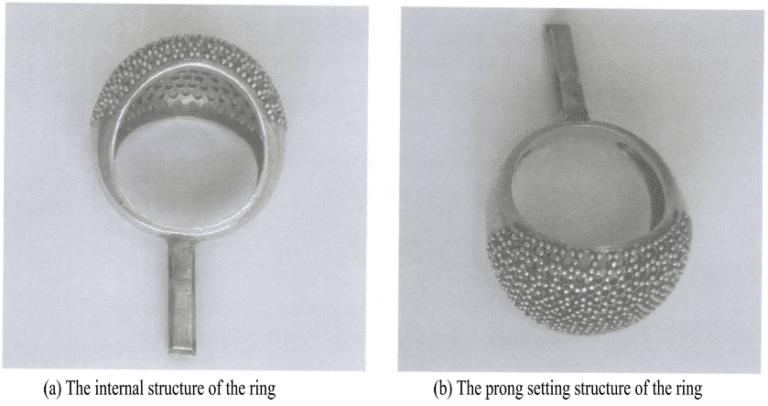
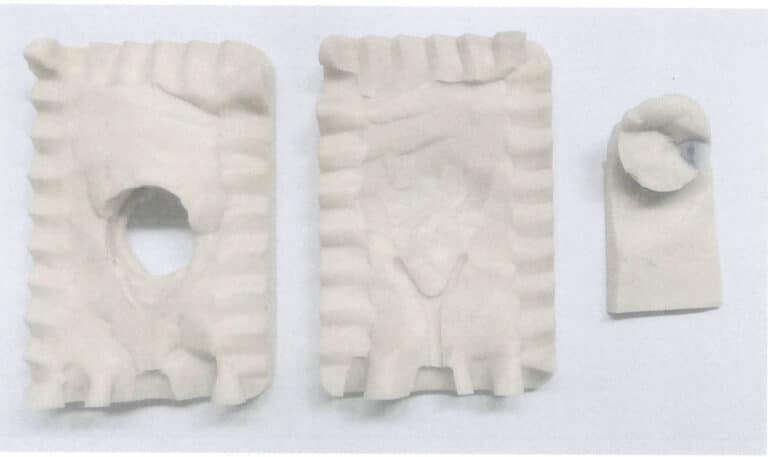
2. Task implementation
The task is to create a high-temperature vulcanized silicone rubber mold for a simple ring silver model.
(1) Original Model Pre-Processing
First, clean the original model surface of the ring with anhydrous ethanol and lint-free paper, then use an oil-based pen to draw a dividing line on the smooth surface area of the ring’s outer edge, as shown in Figure 2-15.
(2) Preparation for Filling Rubber
Select the double-hole mold frame and cut the raw rubber sheet into equal-sized rubber blocks according to the length and width dimensions of the inner frame of the mold frame, as shown in Figure 2-16.

Figure 2-15 Drawing the Division Line
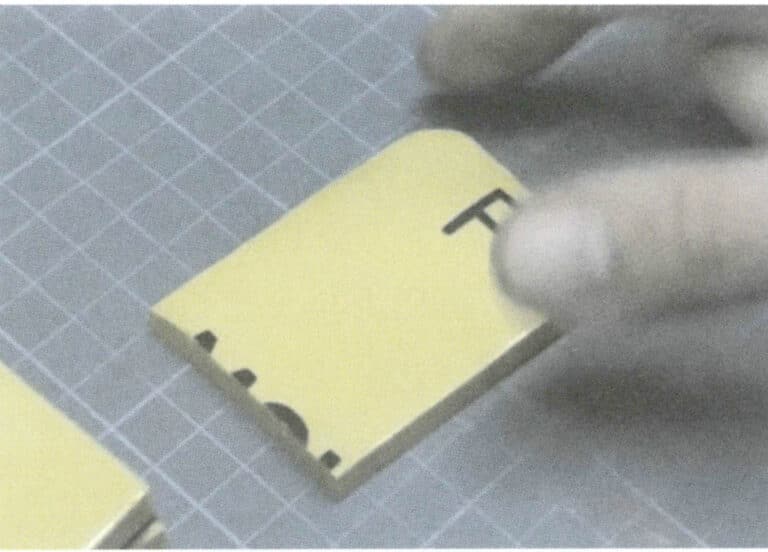
Figure 2-16 Cut pieces of raw rubber sheet
(3) Filling and Compressing Raw Rubber
Tear off the protective film from the raw rubber sheet, stack two raw rubber sheets together, and place the original model of the ring in the middle of the sheets. Insert a sprue cap at the end of the sprue of the original model, ensuring it fits snugly against the side of the mold frame, as shown in Figure 2-17. Fill the gaps around the original model with a thin strip of glue. Then, cover the surface with a raw rubber sheet, ensuring the original model is sandwiched in the middle of the raw rubber sheets, and make sure the raw rubber sheet is about 2 mm higher than the mold frame, as shown in Figure 2-18.

Figure 2-17 Insert the Sprue Cap
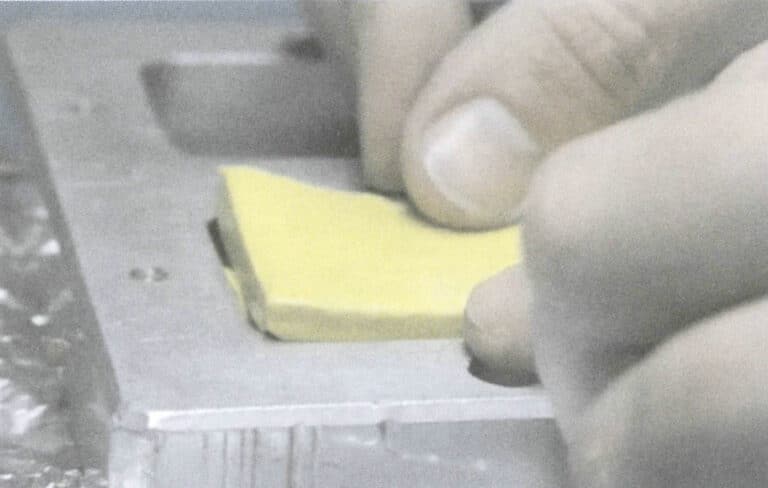
Figure 2-18 Filling and Pressing Raw Rubber
(4) Vulcanization
Connect the manual vulcanizer to the power supply, set the heating temperature to 175℃, and turn on the switch to preheat for 30 minutes. After preheating, place the mold frame filled with raw rubber sheets between the upper and lower heating plates, as shown in Figure 2-19. Operate the rotating handle to press the heating plates tightly against the mold frame, and time for 30 minutes. A few minutes after vulcanization begins, rotate the handle to ensure that the release force caused by the start of vulcanization can be compensated immediately.

(5) Opening the Rubber Mold
After vulcanization is complete, remove the mold frame from the vulcanizer and take the rubber mold out of the mold frame. Prepare to open the rubber mold.
① Cool the pressed rubber mold until it is not hot to the touch, trim off the flash with scissors, remove the sprue cap with needle-nose pliers, and tear off the charred shell.
② Stand the silicone mold upright with the sprue facing up, and use a scalpel to cut along the centerline of the four edges of the silicone mold from one side of the sprue to a depth of 3~5mm (can be adjusted according to the size of the silicone mold), cutting open the four edges of the silicone mold.
③ Cut the first corner at the first incision. First, cut open the two straight edges to a depth of (can be adjusted according to the size of the silicone mold), then pull apart the cut straight edges with force and cut along 45° to create a slanted edge, forming a protruding structure that starts with a right triangle. At this point, the two halves of the silicone mold at the cut should have corresponding concave and convex triangles that fit together, as shown in Figure 2-20.
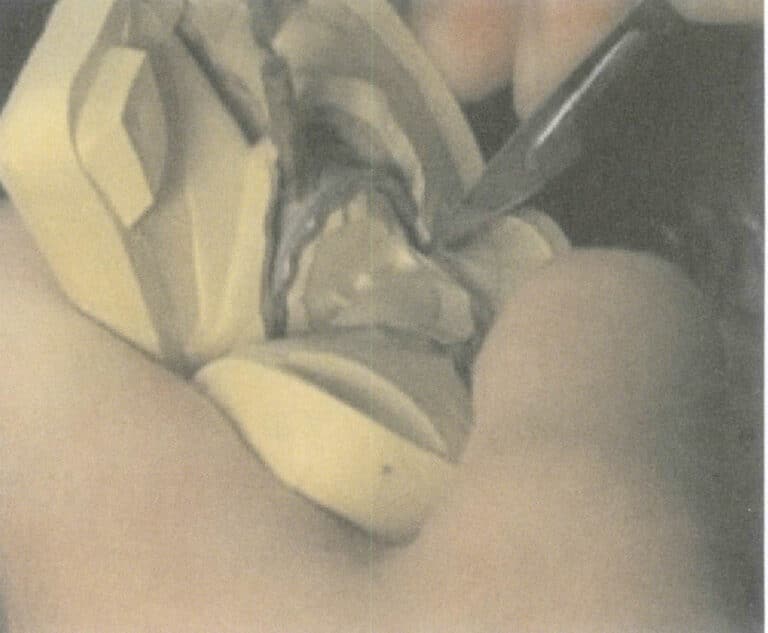
④ Following the previous steps, cut out the remaining three corners sequentially.
⑤ Pull open the corner of the first cut, and use the blade to cut steadily along the centerline inward (if using a curved cutting method, the blade should swing in a certain curve to create a fish scale or wavy cutting surface). While cutting, pull the rubber mold outward. When approaching the sprue position, be careful and gently lift the rubber mold with the tip of the knife to reveal the waterline. Then, cut open one end face of the ring’s outer circle.
⑥ Remove the original model of the ring, observing whether any glue threads are sticking between the original model and the rubber mold. If there is any stickiness, it must be cut off. If there is significant resistance when removing the original model, the rubber mold must be cut open based on the situation.
(6) Creating Vent Lines
After the rubber mold is cut open, vent lines must be drawn on the rubber mold to increase ventilation. Observe the characteristics of the cavity formed by the original model, analyze possible areas where air may accumulate, and, following the direction of the wax flow, use a scalpel to draw several lines to help expel air from the cavity so that a complete wax mold can be obtained during the wax injection.
(7) Post-Processing
After cutting the silicone mold, clean the mold cavity, spray with a release agent, reassemble, and write the mold number on the surface of the silicone mold.
Section II The Production of a High-Temperature Vulcanized Silicone Rubber Mold for a Concave Ring Silver Model
1. Háttérismeretek
1.1 Quality Control of Jewelry
Traditional jewelry has value preservation and appreciation functions, decorative beautification, and symbolic commemoration. In the eyes of some consumers, wearing jewelry showcases the wearer’s financial power, which is why exaggerated forms of gold jewelry, such as oversized gold chains and rings, were once in high demand. However, jewelry has developed alongside human civilization and is closely related to social trends and cultural atmosphere. To make jewelry more accessible to consumers and easier to wear, limiting its quality has become the mainstream direction. A detailed analysis reveals the following reasons.
(1) The Requirement for the Lightness of Jewelry
In the Ming Dynasty, Zhang Cunshen recorded in “Revised and Expanded Elegant and Popular Sayings”: “In ancient times, the crown worn by men was considered jewelry.” In other words, originally, jewelry referred to items worn on the head, which naturally could not be too heavy. Moreover, as time progressed, people realized that jewelry should match the clothing worn, and lightweight jewelry can serve as decorative embellishments without bringing new troubles to the wearer. The lightweight texture can highlight the delicacy of the jewelry, making it beloved by people.
(2) The Unit Price Demand of Consumer Groups
In the early stages of human society, owning jewelry was a privilege of the nobility and a status symbol. These individuals possessed substantial wealth and naturally did not pay much attention to the cost of jewelry. However, as jewelry became more popular and accessible, consumers became increasingly sensitive to prices. Jewelry is mostly made of precious metals, priced by the karat, and by controlling the quality of the jewelry, it is possible to more directly manage the cost, making it easier for consumers to accept.
(3) The Need for Jewelry Production Enterprises to Standardize Production
A standardized production process for precious metal jewelry can improve product quality and control operating costs. Limiting the quality of the jewelry allows for a more accurate estimation of the materials used, and it helps maintain consistent quality across different batches of jewelry products, preventing significant quality discrepancies due to varying operators.
1.2 Ways to Limit the Weight of Jewelry
With the diversification of jewelry design, there are higher demands for the three-dimensional effect of decorations. More and more jewelry designs incorporate undulating structures to achieve the desired three-dimensional effect, increasing material dimensions and jewelry quality. To make jewelry as structurally varied as possible without exceeding quality limits, jewelry designers and craftsmen have promoted the development of concave structures in jewelry. When the concave depth is significant, it can create excessive recessed space; at this point, adding a mesh base design can reduce the visual perception of the depression and enhance aesthetics. Additionally, increasing the mesh base can effectively protect gemstones, making them less prone to damage or loss, as shown in Figure 2-21.
For jewelry with concave structures or structures with mesh bases, to ensure a smooth release, a bottom opening treatment is necessary when the glue mold is released during the pressing of the glue mold. For structures with mesh bases, the mesh base part needs to be separated from the main body of the jewelry for mold making. After producing various components separately, the mesh base is then welded back during the finishing process to restore the mesh base structure.
After pressing the model to ensure that the wax mold is not continuously waxed during subsequent wax extraction, performing a bottom opening treatment may be necessary. The so-called bottom opening involves deeply cutting the entire circumference along the inner circle of the jewelry when releasing the glue mold, cutting close to the bottom surface without cutting through. By flipping the rubber mold and bending it towards the cut with fingers on both sides, one can observe the circumferential cut of the inner circle as well as the cut marks on the bezel and head parts (since it is not cut through, the remaining rubber stretches to form slightly recessed shallow marks). Cut along these marks to the corresponding sprue position, then cut a strip parallel to the sprue with a width and length close. At this point, the bottom forms a shape similar to a mushroom, allowing the inner part of the ring to be pulled out from the cut bottom, forming a moveable block. This operation is called cutting the rubber mold moveable block, as shown in Figure 2-22. Such a rubber mold can only successfully extract the wax mold after injecting wax. For some more complex structures, it may also be necessary to use a peeling method to withdraw the mold and retrieve the original model. Some structures may also require the moveable piece to be divided into multiple pieces; the moveable block pulled out from outside the rubber mold is usually called the external moveable block, while the moveable block clamped inside the rubber mold is called the internal moveable block.
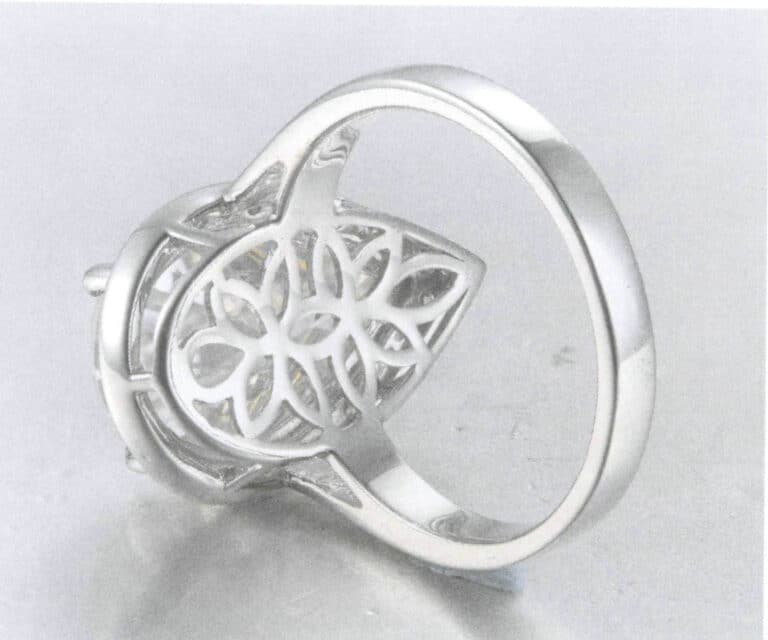
Figure 2-21 Diamond ring with mesh backing

Figure 2-22 Cut rubber mold moveable piece
Copywrite @ Sobling.Jewelry - Egyedi ékszergyártó, OEM és ODM ékszergyár
2. Feladat végrehajtása
This task is to create a high-temperature vulcanized silicone rubber mold for the silver model of the concave ring.
(1) Original Model Pre-Processing
Clean the original concave ring model (Figure 2-23) with anhydrous ethanol and lint-free paper, and draw a parting line on the edge of one side of the contour.
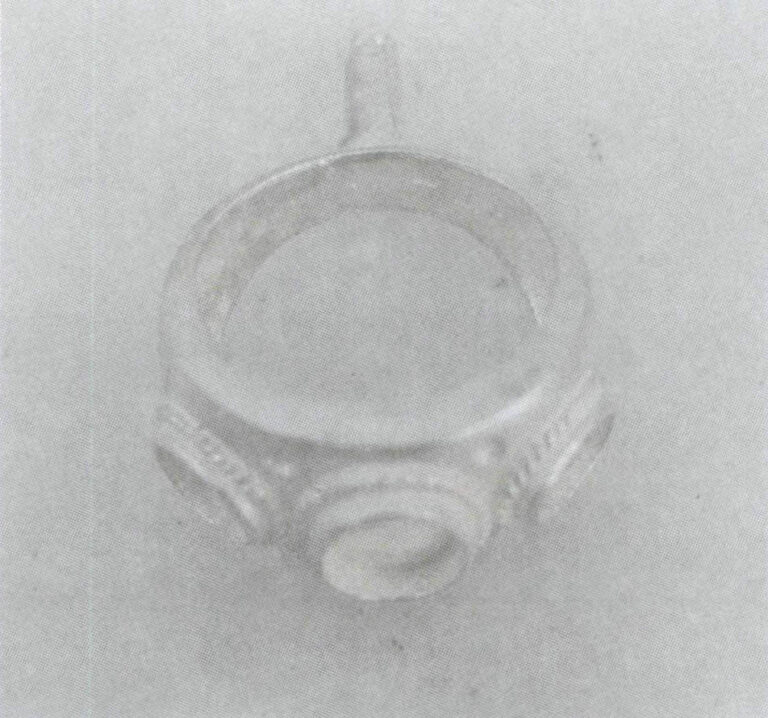
(2) Preparation for Filling Rubber
Select the double-hole mold frame and cut the raw rubber sheet into equally sized rubber blocks based on the length and width dimensions of the inner frame of the mold.
(3) Filling and Compressing Raw Rubber
Press the original concave ring model in the center of the rubber sheet, cut out small rubber strips, and fill the gaps. Use the sprue cap as a transition between the mold frame and the sprue of the original ring model. The operation is the same as step 3 of 2.1.3.
(4) Vulcanization
An automatic vulcanizer is used to press the rubber mold. Preheat the equipment in advance, and after preheating, place the mold frame into the vulcanizer (Figure 2-24), set the heating temperature of the upper and lower molds to 175℃, and gradually increase the pressure to 550kPa according to the heating speed of the equipment. Maintain this pressure for 40 minutes, as shown in Figure 2-25.
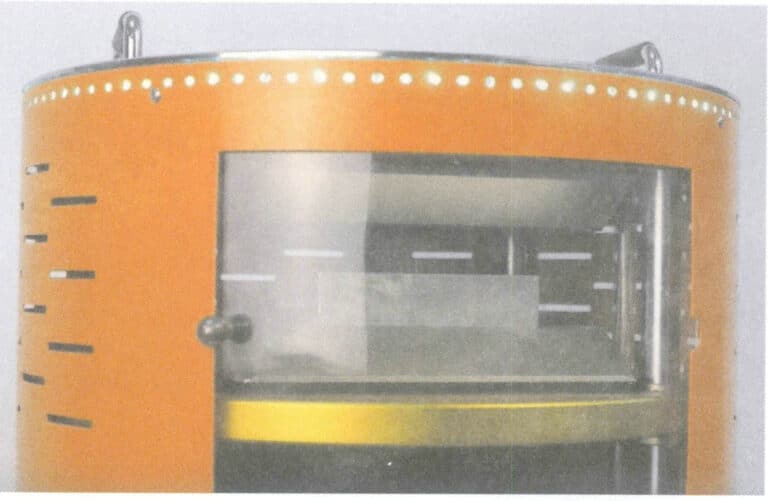
Figure 2-24 Place the mold frame into the vulcanizer
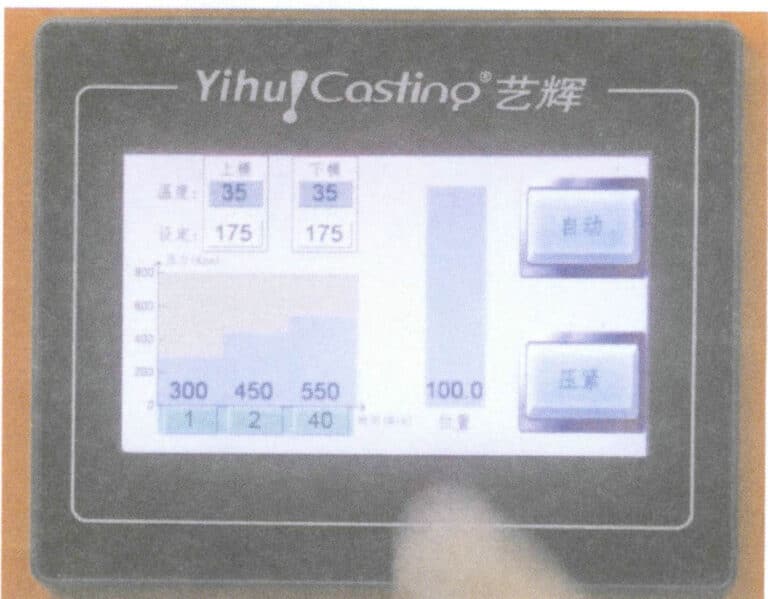
Figure 2-25 Setting Parameters
(5) Opening the Mold
After complete vulcanization, remove the mold frame from the vulcanizer and remove the rubber mold from the frame. First, use scissors to cut off the excess flash around the edges of the rubber mold. Use a scalpel to cut out four corners along the edge of the rubber mold and then split it into two pieces along the parting line, as shown in Figure 2-26. For specific operations on opening the mold, refer to Step 5 of Section 2.1.3.
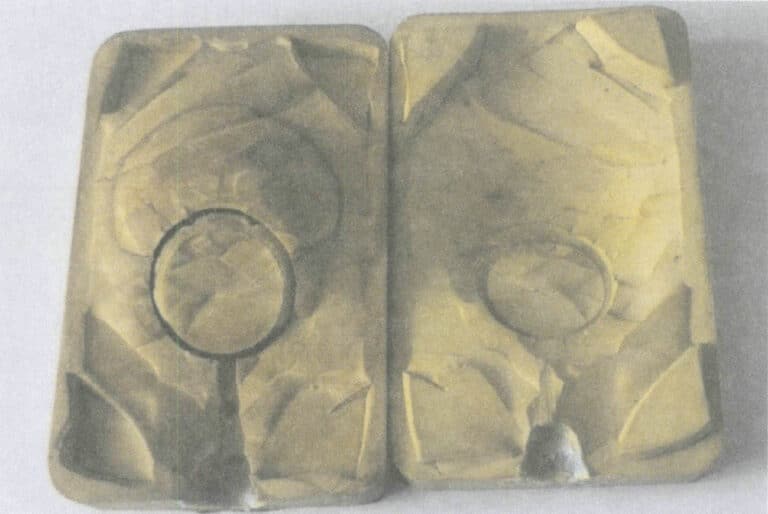
(6) Opening the Moveable Piece
The C-shaped inner concave cannot be directly removed, so a moveable piece needs to be opened. Deeply cut along the entire circumference of the inner ring, making the incision close to the bottom surface. Flip the rubber mold, and use your fingers to bend both sides of the rubber mold towards the incision direction. You can observe the circumferential incision of the inner ring as well as the traces of the bezel and head part incisions. Cut along these traces to the corresponding sprue position. Cut out a piece from the bezel part as the inner moveable piece, then cut out a piece from the inner ring part of the concave ring as the outer moveable piece (Figure 2-27).

(7) Opening the Vent Line
After cutting the rubber mold, use a scalpel to draw the vent line on the rubber mold. See step 6 of section 2.1.3 for details.
(8) Post-Processing
Clean the mold cavity, spray with a release agent, assemble, and write the mold number on the surface of the mold.
Section III Production of High-Temperature Vulcanized Rubber Molds for Small Perforated Chain Links Silver Model
1. Háttérismeretek
(1) Chain Jewelry
Chain jewelry is an important type of jewelry, usually composed of one or more chains, which are formed by the repeated combination of several basic units to create a certain length. Depending on the decorative location, chain jewelry can be divided into necklaces, bracelets, waist chains, anklets, brooches, etc. The basic units are also known as chain links. The diverse design of chain links allows for various presentations in chain jewelry. An important characteristic of chain jewelry is its ability to bend naturally according to the shape of the wearing position, and this functionality relies on the design of the degrees of freedom between the chain links in the chain structure. Common structures include interlocking structure (Figure 2-28), the tongue spring and crossbeam interlocking structure (Figure 2-29) and hinge structure (Figure 2-30).


Figure 2-29 Structure of the tongue spring and crossbeam interlocking
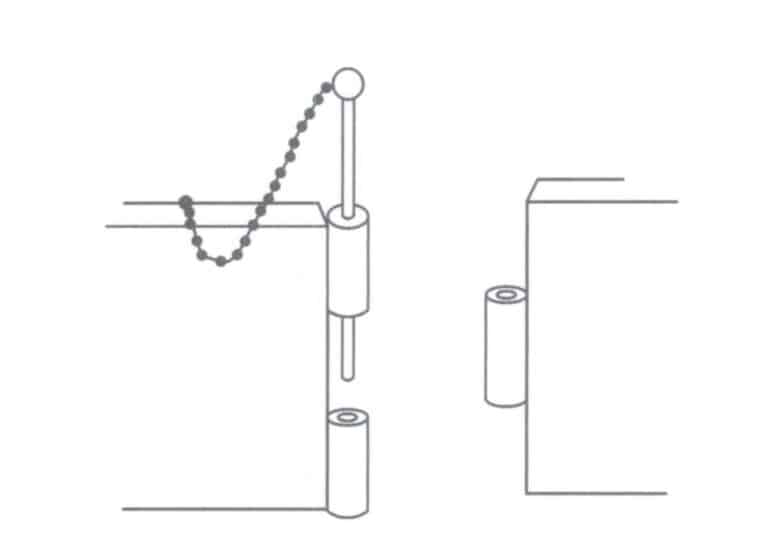
Figure 2-30 Hinge structure
(2) Characteristics of the Hinge Structure Model
Batch production can be achieved by creating rings for chain links with interlocking structures. For chain links with a tongue spring and crossbeam interlocking structure, replication and batch production can also be achieved by pressing rubber molds. Similarly, it is hoped that the hinge structure can be replicated for batch production to improve production efficiency. The hinge structure includes the hinge and the Hinge barrel. The hinge can be prepared in corresponding sizes by pulling wires, while the Hinge barrel must form a hollow structure while pressing the rubber mold, which is difficult to achieve. The main challenges here are twofold: ① silicone rubber is difficult to fill the Hinge barrel, resulting in an incomplete structure after vulcanization; ② even if silicone rubber is filled into the Hinge barrel, after cutting open the rubber mold, the small silicone rubber pins cannot return to their original positions, and when the wax liquid is injected, they will be displaced by the wax liquid, making it impossible to replicate the original model after waxing.
A common method to solve these two challenges is pre-installing removable steel pins inside the Hinge barrel while pressing the rubber mold. After cutting open the rubber mold, the pre-installed steel pins occupy the hollow position. After injecting wax, the steel pins can be removed, allowing for the complete extraction of the wax mold, which has a hollow Hinge barrel structure.
2. Feladat végrehajtása
This task is to produce high-temperature vulcanized silicone rubber molds for silver chain links model with small turning holes.
(1) Original Model Pre-Processing
Clean the original model of the link with small turning holes (Figure 2-31) using anhydrous ethanol and lint-free paper, and draw the parting line along the contour edge with an oil-based pen.

(2) Preparation for Filling Rubber
Select a four-hole mold frame and cut the raw rubber sheet into equally sized rubber blocks according to the length and width dimensions of the inner frame of the mold.
(3) Inserting the Pin into the Hinge barrel
Insert the large-headed pin into the Hinge barrel, making sure it passes through the entire Hinge barrel, and leave the head end of the pin close to the edge of the rubber mold, as shown in Figure 2-32.
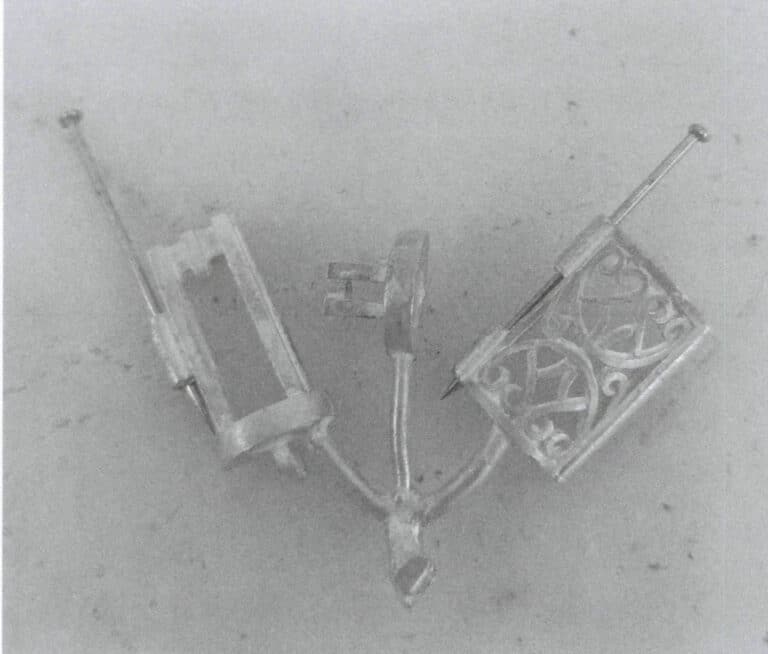
(4) Filling and Pressing Raw Rubber
Place the original model in the rubber sheet’s middle, cut out small rubber strips, and fill the sprue caps. Use the sprue cap as a mold frame and the original model’s chain sprue transition.
(5) Vulcanization
An automatic vulcanizer is used to press the rubber mold. Open the equipment in advance to preheat, and after completing the preheating, place the mold frame in the vulcanizer.
(6) Opening the Rubber Mold
After vulcanization is complete, remove the mold frame from the vulcanizer and take the rubber mold off the mold frame. First, use scissors to cut off the excess flash around the edge of the rubber mold. Use a scalpel to cut out four corners along the edge of the rubber mold, then split it into two pieces along the parting line. Refer to step 5 of section 2.1.3 for opening the rubber mold. After cutting the rubber mold, locate the position of the large head pin and cut a notch in the rubber mold to expose one end of the large head pin for easy insertion and removal, as shown in Figure 2-33. Once the rubber mold is opened, pull out the large headpin and remove the original model. If there are any obstructions when removing the original model, the rubber mold needs to be cut open based on the actual situation.

(7) Opening the Vent Line
After cutting the rubber mold, draw the vent line on the rubber mold. See step 6 of section 2.1.3 for details.
(8) Post-Processing
As shown in Figure 2-34, clean the mold cavity, spray with a release agent, assemble, and write the mold number on the surface of the mold.

Section IV Making a Room Temperature Vulcanized Silicone Rubber Mold for 3D Printed Resin Model
1. Háttérismeretek
(1) Characteristics of 3D Printed Resin Model
The material used for 3D printing resin versions is photopolymerizable rapid prototyping photosensitive resin, mainly composed of prepolymers, reactive diluents, photoinitiators, etc.
Prepolymers are the core components of photosensitive resins, serving as the cured skeletal structure, with a molecular weight typically between 1000~5000. They are compounds with reactive functional groups, mainly including several types such as acrylate-modified epoxy resins, unsaturated polyesters, polyurethanes, and thiol/alkene photopolymerizable resin systems, such as ethoxylated bisphenol A diacrylate, trimethylene glycol diethylene glycol ether, and 3,4-epoxy cyclohexyl methyl-3’, 4’-cyclohexyl methacrylate, etc. (Methacrylate) acrylates polymerize quickly and have high strength, and widely used; vinyl ethers, as an unsaturated monomer, have high reactivity and are capable of undergoing free radical polymerization, cationic polymerization, and charge transfer complex alternating copolymerization while also possessing characteristics such as high reactivity, low toxicity, low odor, and high viscosity; epoxy monomers can undergo cationic ring-opening polymerization under light, with a polymerization shrinkage rate lower than that of (methacrylate) acrylate-based resins.
Reactive diluents serve two main functions: first, to dilute high-viscosity prepolymers, and second, to participate in the curing cross-linking reaction with prepolymers. The differences in reactive diluents can affect the resin’s photopolymerization rate and curing performance. They generally contain double bonds C=C or epoxy groups. Oxirane is a cyclic ether monomer with both double bonds and epoxy groups, and it can undergo cationic ring-opening polymerization under light and is commonly used as a reactive diluent.
Photo initiators, also known as photosensitizers or photopolymerization agents, are a class of compounds that can absorb energy at certain wavelengths in the ultraviolet region (250~420nm) or visible light region (400~800nm), generating free radicals, cations, etc., initiating monomer polymerization and cross-linking curing. The mechanism of action of photo initiators mainly includes three types: energy transfer, hydrogen abstraction, and charge transfer complex formation. Depending on the initiation mechanism, they can be divided into free radical photo initiators and cationic photo initiators. Free radical photo initiators are mostly benzoin and its derivatives, benzoyl and its derivatives, acetophenone, and its derivatives, benzyl ketone or heterocyclic aromatic ketone compounds, etc.; cationic photo initiators mainly include aryl diazonium salts, dairy iodonium salts, triaryl sulfonium salts, and aryl ferrocene salts, among others.
Currently, the original version made using DLP printing technology often employs low-viscosity liquid photopolymer resin, which features fast curing speed, high precision, high hardness, low ash content, no residue, and good lost-wax casting effects, allowing for long continuous printing without sticking to the bottom. By adjusting its composition, it can adapt to different application scenarios. For example, the castable wax 40% resin with wax filler material and the castable wax resin with 20% wax filler material have an ash content of less than 0.1% after burning, making them suitable for direct casting using gypsum molds. In contrast, Form labs High Temp Resin has a tensile modulus of 0.75GPa and a flexural modulus of 0.7GPa. After soaking in mineral oil and other media for 24 hours, the swelling amount is less than 1%, making it suitable for pressing complex shapes with room-temperature vulcanized silicone rubber molds.
(2) Room Temperature Vulcanized Silicone Rubber (RTV)
Room temperature vulcanized silicone rubber refers to silicone rubber that can vulcanize at room temperature. Typically, its molecular chains have active groups such as hydroxyl and vinyl at both ends, and it has a relatively low molecular weight. Two types are single-component room-temperature vulcanized silicone rubber (RTV-1) and double-component room-temperature vulcanized silicone rubber (RTV-2).
The materials used for jewelry compression molds typically belong to RTV-2, characterized by a long working time, good fluidity, and low viscosity before curing. The adhesive material presents as a flowing liquid divided into A and B, two components. Mix A and B adhesive according to the mass ratio of 1:1 and stir evenly, then pour it into the prepared jewelry mold frame, curing at room temperature or with heat. The cured mold has certain strength and tear resistance, meeting the performance requirements for jewelry molds, but there is a certain gap compared to high-temperature cured silicone rubber, as shown in Table 2-7.
Table 2-7 Comparison of Properties of Room Temperature Vulcanized Silicone Rubber and High-Temperature Vulcanized Silicone Rubber
| Silicone rubber type | Vulcanization time / min | Operable time | Vulcanization temperature | Tear strength /(kN , m-1) | Tensile strength | Line shrinkage rate /% | Storage duration /years |
|---|---|---|---|---|---|---|---|
| Room Temperature Vulcanized Silicone Rubber | >240 | Within 30 minutes after mixing the rubber | Room temperature, if heated, should not exceed 130℃ | 20 〜 35 | 6 〜 8 | 0.1 | 5 |
| High-Temperature Vulcanized Silicone Rubber | 30 〜 75 | No time limit | 143 〜 173℃ | 40 〜 55 | 10 〜 12.5 | 0.1 | 10 |
2. Feladat végrehajtása
This task uses room-temperature vulcanized silicone rubber to create a mold of the 3D-printed resin original model.
(1) Original Model Pre-Processing
Clean the surface of the original resin model with anhydrous ethanol and lint-free paper, and draw the parting line on the smooth surface area of its maximum outline with an oil-based pen.
(2) Preparing the Mold Frame and Liquid Silicone Rubber
Select an appropriate mold frame based on the size of the resin original model, fix the sprue end of the original model on the sprue cap, and use hot melt glue to attach the sprue cap to the edge of the mold frame, as shown in Figure 2-35, ensuring that the gaps around the original model are roughly equal. It is suspended in the center of the mold frame. At the same time, hot melt glue is used to attach the bottom film to the bottom edge of the mold frame, completely sealing it. Estimate the amount of silicone rubber based on the size of the mold frame, and use an electronic scale to weigh equal amounts of A and B rubber.
(3) Mixing the Rubber
Pour A rubber and B rubber into a stainless steel container in turn, and use a glass rod to continuously stir the gel in one direction to ensure it is mixed evenly, as shown in Figure 2-36.

Figure 2-35 Fixing the Original Model

Figure 2-36 Stirring Colloid
(4) Vacuum Extraction
After stirring, place the gel liquid into the vacuum machine (Figure 2-37). Initially, many bubbles will emerge; carefully control the vacuum level to prevent the gel liquid from overflowing the container. When bubbles from the gel liquid significantly decrease, you can stop the vacuum extraction.
(5) Injecting Rubber
Pour the vacuumed liquid silicone rubber into the mold frame, completely covering the original model, as shown in Figure 2-38, and check if the original resin model has shifted. Then, the mold frame can be placed back into the vacuum machine for further vacuum extraction. After completion, depending on the amount of silicone rubber, add silicone rubber as needed. If bubbles appear on the surface, they can be punctured with a needle.
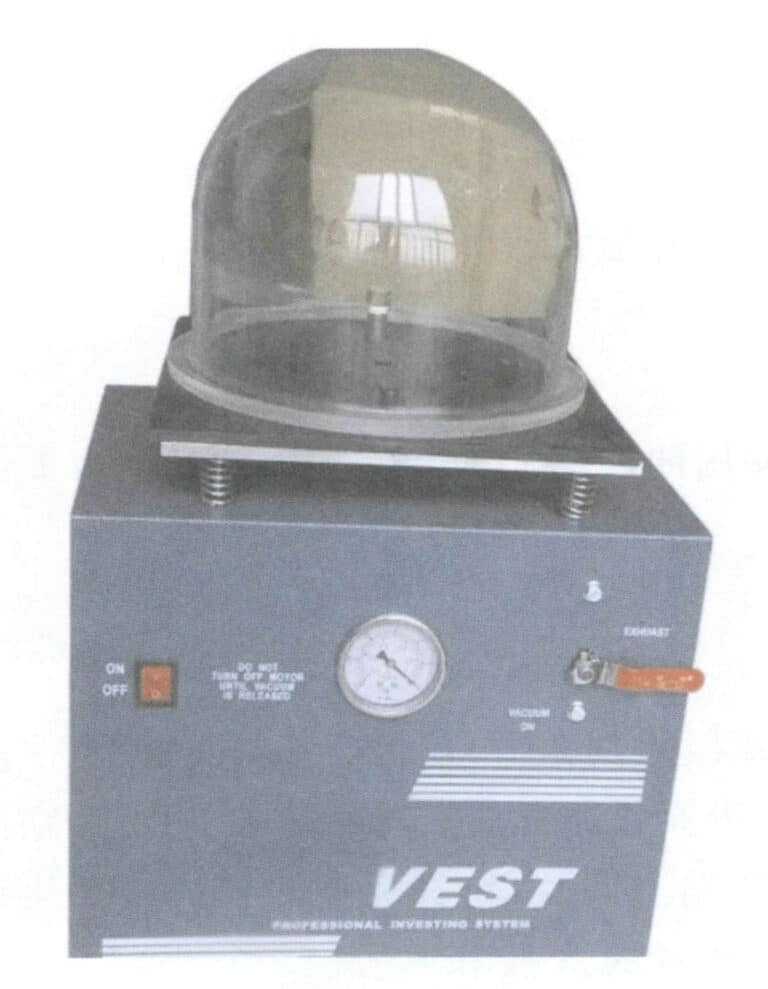
Figure 2-37 Vacuum machine with dust-proof cover

Figure 2-38 Rubber injection
(6) Vulcanization
Place the mold frame with injected rubber on the platform and let it sit for 4 hours for vulcanization. The vulcanization time can be appropriately extended to 6~12 hours based on actual conditions.
(7) Opening the Mold
The mold can be removed after the liquid silicone rubber has completely cured. The operation is the same as step (5) in Chapter 2 of Section I
(8) Opening the Vent Line
For details on the operation, see step (6) in Chapter 2 of Section I
(9) Post-Processing
For details on trimming the mold, see step (7) in Chapter 2 of Section I
Section V Production of Alloy Molds for Thin-Walled Large Smooth Surface Pendant Wax Model
1. Háttérismeretek
1.1 Thin-Walled Large Smooth Surface Jewelry
Thin-walled large smooth surface jewelry is often encountered in jewelry products. For this type of product, mass production also requires the creation of molds. However, high-temperature vulcanized silicone rubber molds and room-temperature vulcanized silicone rubber molds are suitable for making models of this type of jewelry, mainly for the following reasons.
(1) Silicone rubber molds are flexible molds that will deform to a certain extent during use. For small-sized jewelry, slight deformation does not produce a noticeable visual effect. However, the larger smooth surface area accumulates deformation for large polished jewelry, leading to a significant deviation from the original, which cannot meet production requirements.
(2) Thin-walled large smooth surface jewelry, due to its large and thin surface, can cause the wax to solidify prematurely during the wax injection process, preventing it from filling the cavity. This results in incomplete wax models. To address this, it is common to increase the wax injection pressure to speed up the filling process. However, the large flat cavities in the rubber mold are difficult to seal at the edges under high pressure, causing the injected wax to easily seep out along the edges, forming a flash.
For the above reasons, flexible molds cannot meet the production quality requirements for this type of jewelry. At this point, rigid molds can effectively solve the two issues mentioned above, providing significant advantages when creating models for this type of jewelry, as detailed below.
(1) It is not easily deformed Once the rigid mold is completed. A qualified wax model can be obtained as long as the wax can fill the cavity.
(2) Rigid molds have a stronger ability to withstand air pressure. Suppose the wax injection pressure is increased to ensure the filling of the wax liquid. In that case, such molds can evenly distribute the pressure, thereby avoiding the generation of flash in localized areas.
Currently, the materials that can be used to make rigid molds for jewelry mainly include aluminum alloys and low-temperature alloys, which compensate for the shortcomings of traditional rubber mold wax injection technology, such as easy deformation, unstable quality, inconsistent thickness, easy shrinkage, insufficient brightness, and the tendency to produce flash layers and incomplete claws.
1.2 Aluminum Alloy
Aluminum alloys are widely used in the production of molds or the main structures of molds, which is related to the advantages of aluminum alloy molds, as detailed below.
(1) The density of aluminum alloys usually is 2.63~2.85g/cm3, makes the molds lighter after production, which is convenient for operators and reduces labor intensity.
(2) The surface of the processed aluminum alloy is flat and smooth, with guaranteed dimensional accuracy, ensuring the quality of the produced wax molds.
(3) The aluminum alloy has excellent corrosion resistance, making it less susceptible to oxidation and corrosion in the working environment, thus ensuring the stability of the mold quality.
(4) The aluminum alloy has good plasticity and distributes stress evenly, allowing for uniform dispersion of wax injection pressure when making wax molds.
(5) The aluminum alloy has good thermal conductivity, which helps the wax liquid to cool quickly after injection, resulting in better performance of the wax model.
Aluminum alloy molds can achieve full aluminum alloy block assembly through structural design and use an aluminum alloy shell with a core structure. The core structure can use either low-temperature alloys or silicone rubber. Aluminum alloy molds with silicone rubber core structures (Figure 2-39) fully utilize silicone rubber’s excellent shaping performance while ensuring the mold’s rigidity.

1.3 Low-Temperature Alloys
Low-temperature alloys, also known as low-melting or fusible, are binary or multi-element alloys primarily composed of metals such as lead, cadmium, zinc, tin, and bismuth. A bluish-gray or silver-white color, low melting points, ease of melting and casting, soft texture, and ease of carving characterize them. Jewelry metal molds made from low-temperature alloys have several advantages, including quick wax injection, clear angles, smooth surfaces, and clear lettering and patterns.
For health reasons, the production and processing stages no longer use alloys containing toxic metal elements such as lead and cadmium. Currently, tin-bismuth alloy is mainly used, which has a melting point that can be adjusted over a wide range, can be easily molded, has a simple molding process, has a short cycle, and requires less processing time. However, low-temperature alloys have low hardness and poor wear resistance, affecting their service life and effectiveness, and the material cost is also relatively high. Therefore, it is often used as a core structural material paired with aluminum alloy shells. Figure 2-40 shows a rigid mold for a decorative piece, which uses aluminum alloy as the shell and tin-bismuth alloy as the core structural material.
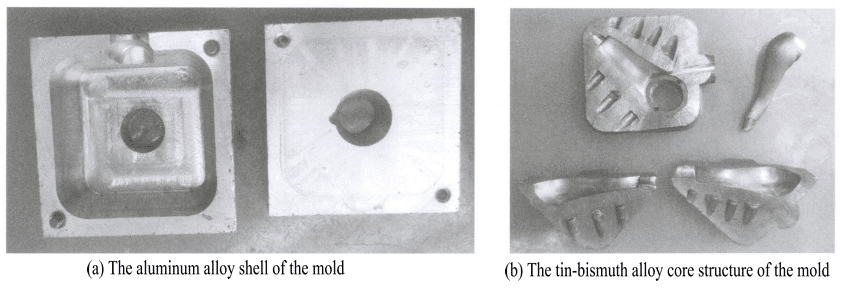
2. Feladat végrehajtása
This task uses alloy molds to complete the mold making of thin-walled large smooth pendants.
(1) Analyzing the Original Model Structure
As shown in Figure 2-41, the original model of the thin-walled large smooth pendant has an irregular, circular, flat structure, with a pattern on the front and a concave pattern on the back.
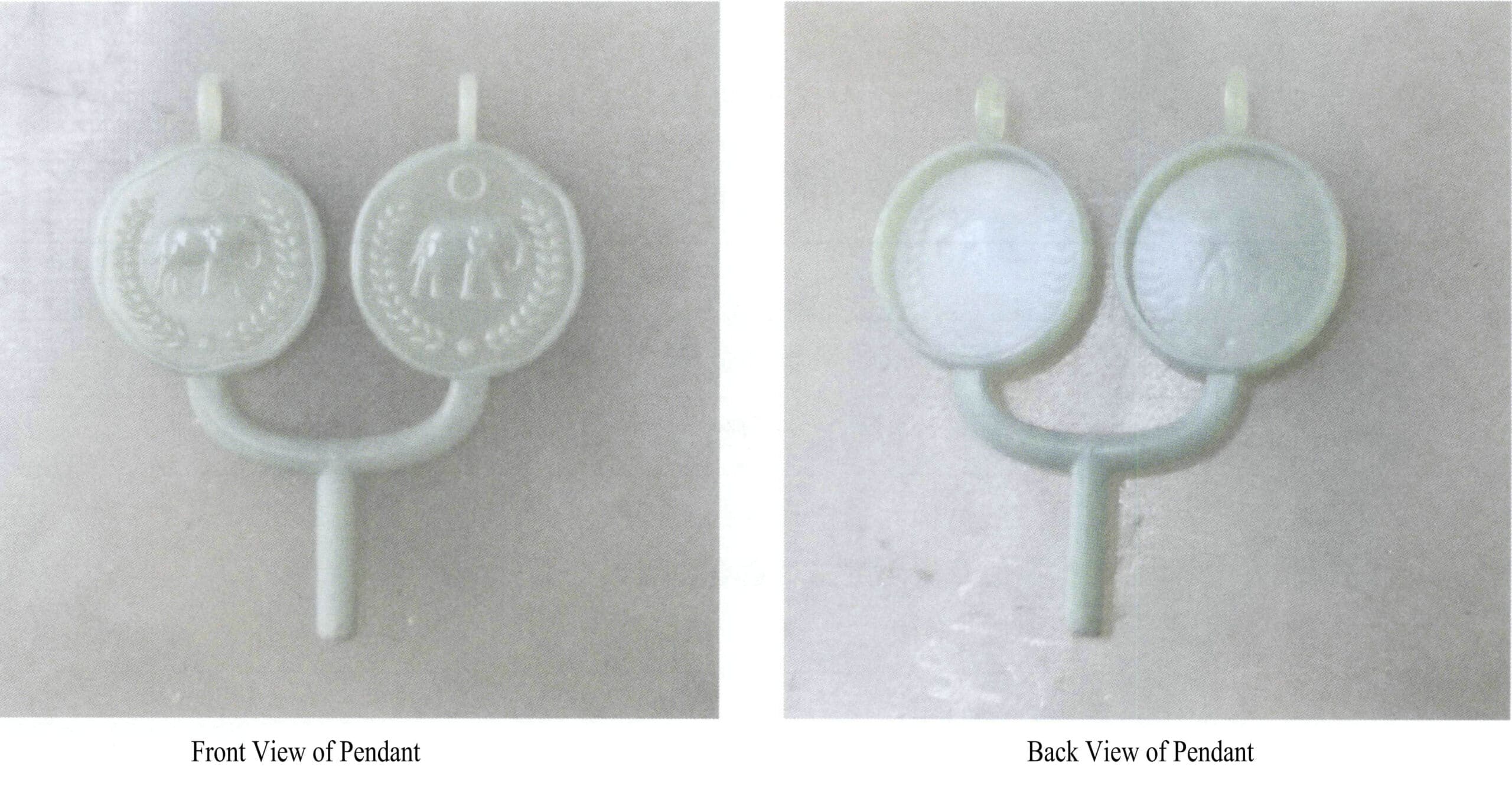
(2) Cutting Material
According to the size of the pendant, two suitable-sized aluminum alloy blocks are to be made, as shown in Figure 2-42, for the upper and lower molds.

(3) Processing Molds
According to the processing drawings corresponding to the original physical object, compile processing data, and based on the actual situation of the original model, prepare processing data for the front and back of the original model. It is important to note that the pattern information on the mold corresponds to the original pattern in relief. Based on the pendant’s structure, preset the accessory module’s position, as shown in Figure 2-43.
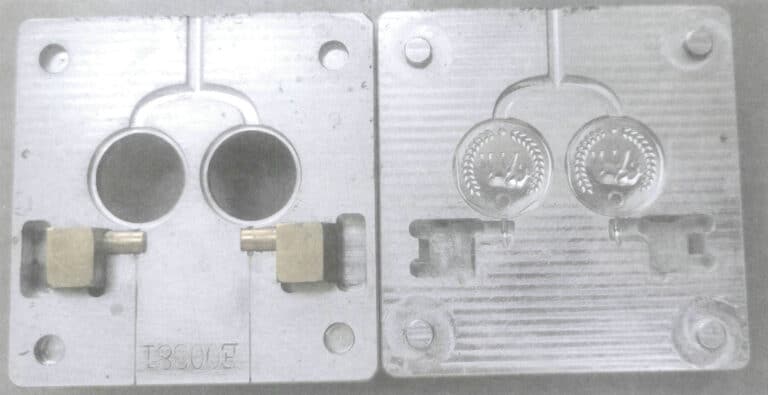
(4) Wax Injection Testing Mold
Use the wax injection machine, adjust the pressure to 6 atmospheres, and inject the wax into the mold, as shown in Figure 2-44. Observe the quality of the wax mold; if there are no abnormalities, the mold is completed.
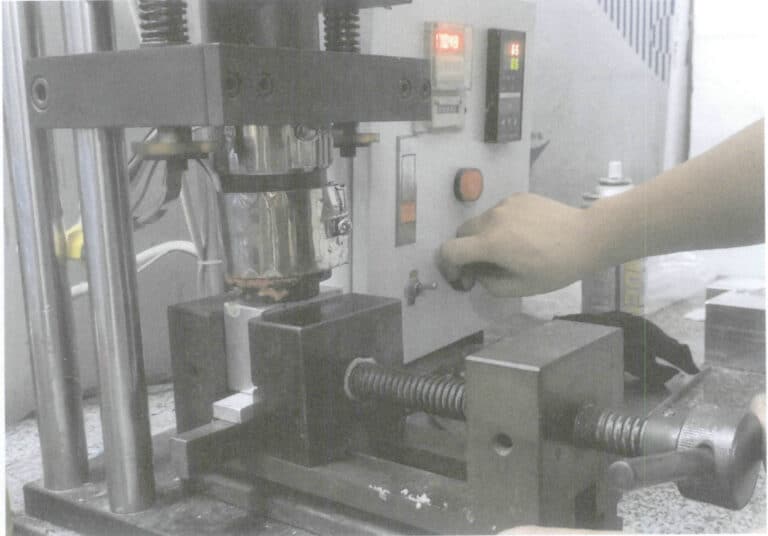
(5) Post-Processing
Check for any defects in the mold; if so, make immediate adjustments. For areas that need sanding, use sandpaper to smooth them out. Then, use an oil-based pen to write relevant information about the mold on the shell for easy identification later.







